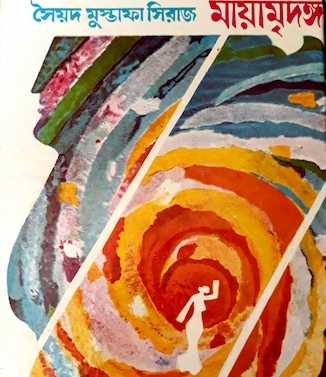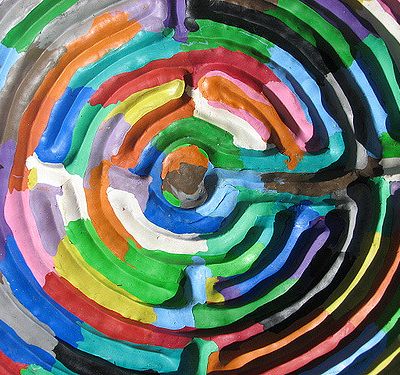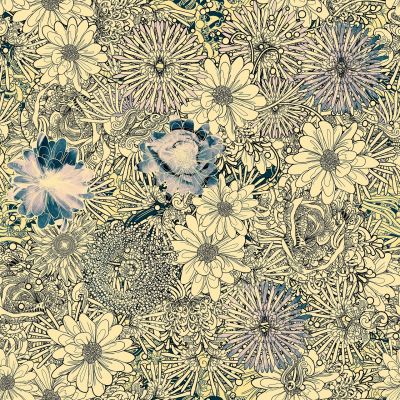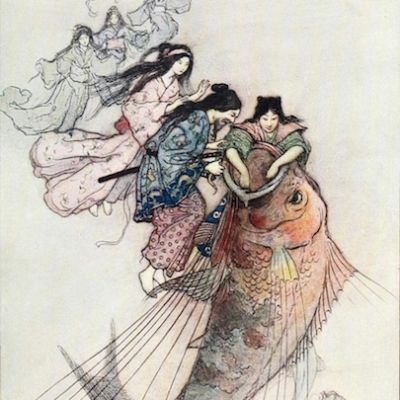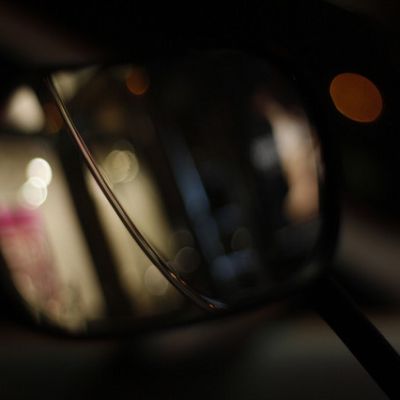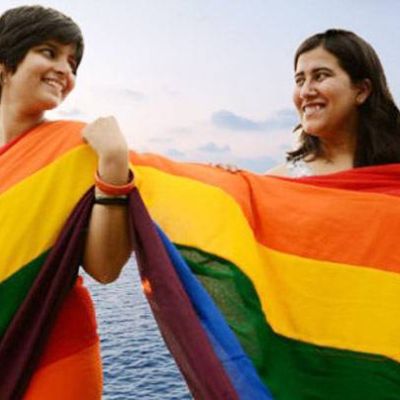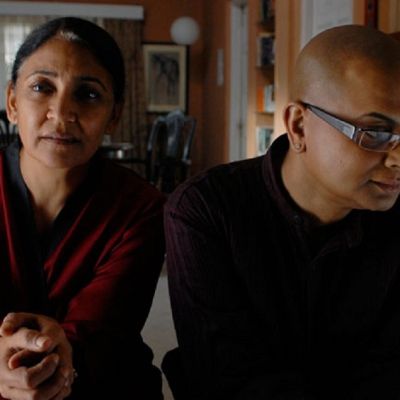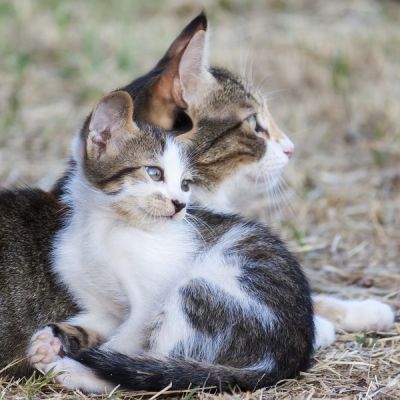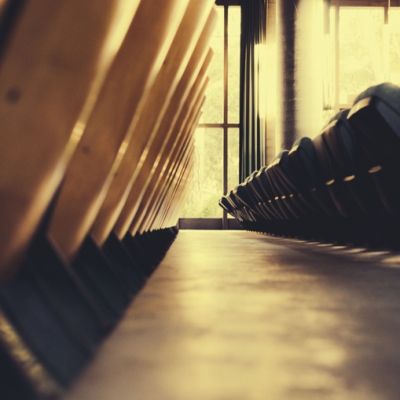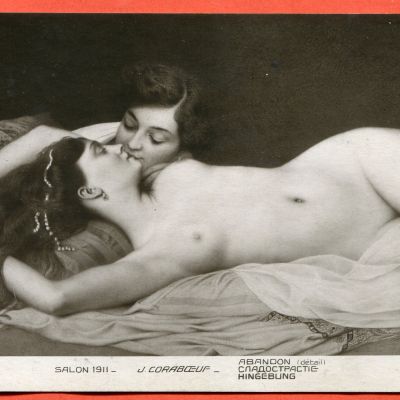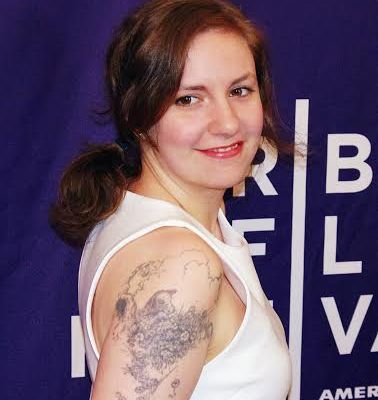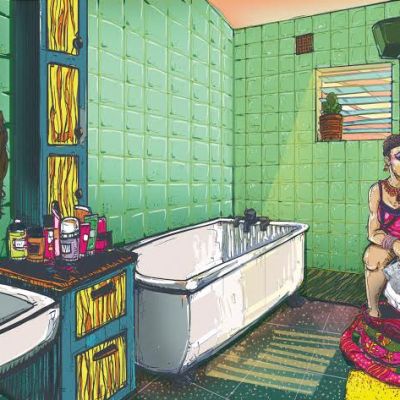Queer
Māyā Mridanga infinitely problematises the nature vs. nurture debate that is central to sexuality studies. The novel seems to suggest that a certain kind of male body – feminine, smooth, shapely – is the ideal raw material for making a chhokra out of a biological man. Ustaad Jhaksa, whose life the novel documents[2], repeatedly emphasises on this act of nurturing, moulding and pruning of a feminine male body for which he has fatherly affection as well as a lover’s lust.
This article/photo essay was originally published in Gaysi Family. In a society that heavily restricts expressions of sexuality, openly asserting…
My entire life has been a struggle of confused identities. I stood at the intersection of gay, Muslim and economic privilege.
Online dating websites and apps are one of those technological innovations that people did not think would ever do well….
Have you ever heard the old adage, “You have to love yourself before anybody else can love you”? Well, I grew up interpreting this in the absolutely most terrible way possible.
Audre Lorde once said, “Caring for myself is not self-indulgence, it is self-preservation, and that is an act of political warfare.”
I did everything to change my gender expression from masculine to feminine. I started wearing feminine clothes, started growing my hair, and I even had a boyfriend. But the more I pushed myself to be feminine, the more depressed I became.
We need to think about the kind of film we would like to see as queer people.
Representation is a tricky thing, especially when it comes to portraying minorities. It is easy to stereotype and feed into the popular image of minorities. Gay men as fashion designers or hairstylists desperate to be friends with straight women are a rather common trope. It makes gay men visible but on heterosexual terms. It takes away any individuality from the gay man; he merely survives to seek affirmation from the straight people in his life.
There is something incommensurable about the phrase ‘queering mothering’ – the two words put together, ‘queer’ and ‘mother’. We think of motherhood as a relationship between a ‘woman’ (the biological mother) and her child. Nevertheless, there are a number of people who form bonds with a growing child.
No one ever really talks about how queer people in STEM fields navigate hostile spaces. ‘STEM’ stands for ‘Science, Technology, Engineering, Math’. We Indians, of course, are well aware of what these fields entail because our parents, neighbours and teachers often push us towards them. Pursuing a career in the humanities/arts means deviating from the norm, so it makes sense that sexualities and gender identities which are considered ‘deviant’ often flourish in these fields.
Employing a direct line of questioning in a booming voice, a tall drag queen shining in a blood red sequinned gown, strides to our table and shoots the question at us. I am not entirely sure how to respond and neither is my friend.
I have always loved the Internet. Its potential to provide information and connect people has always amazed and enthralled me. Hence, I decided to look at how queer women in India, lesbian and bisexual women in particular, use the Internet to meet other queer women. I looked at three dating sites in particular, PinkSofa, OKCupid and Mingle2, apart from the usual social media sites.
A long, long time ago, in a room far, far away, I remember playing at being a mythological hero I…
At the Delhi launch of the fourth edition of The Gaysi Zine, on January 21st at Max Mueller Bhavan, a…

